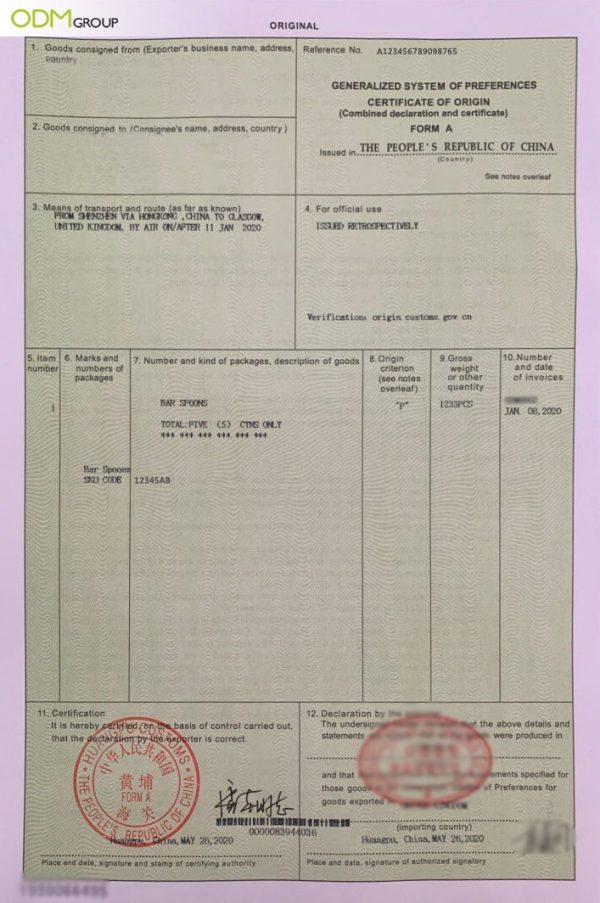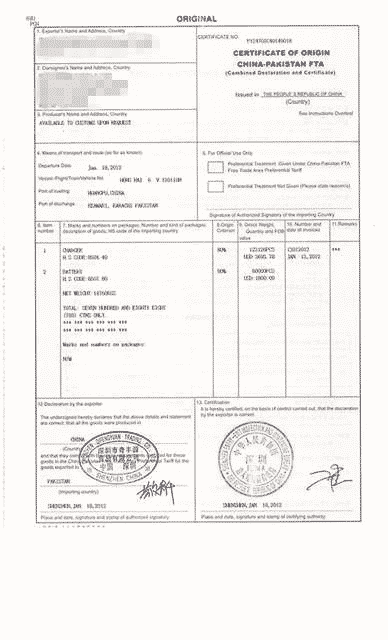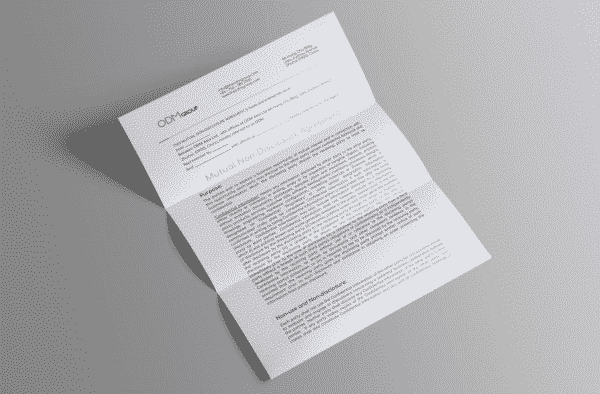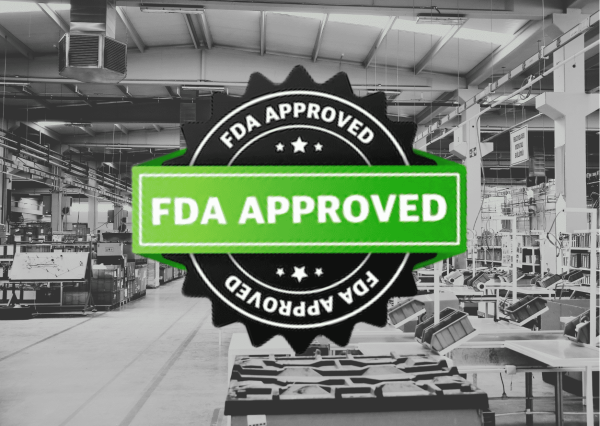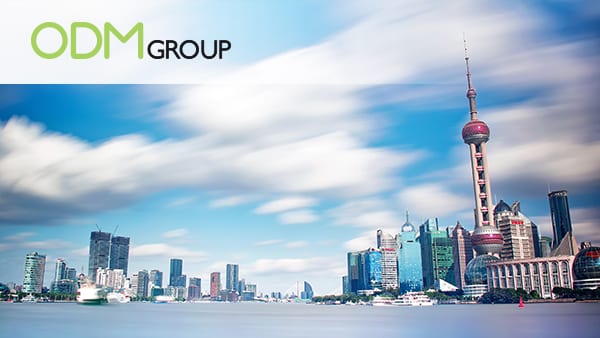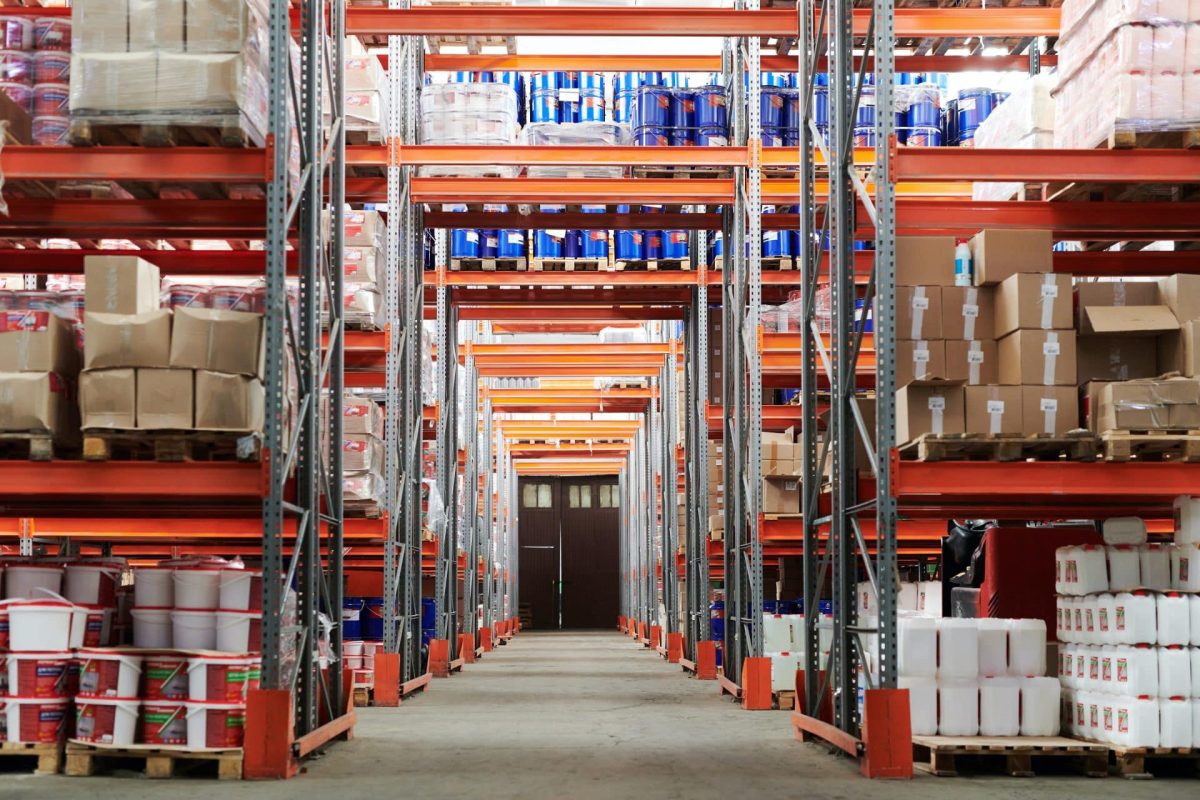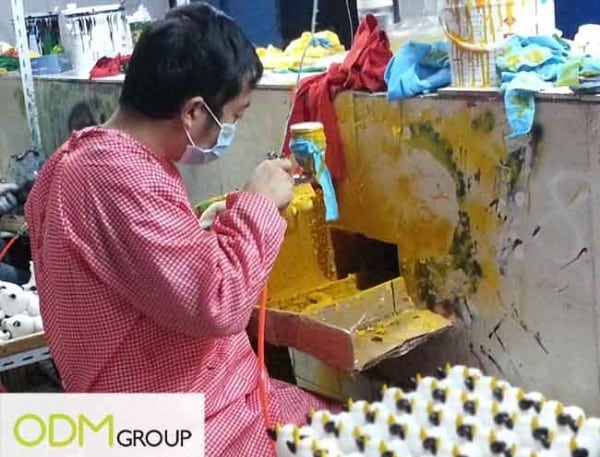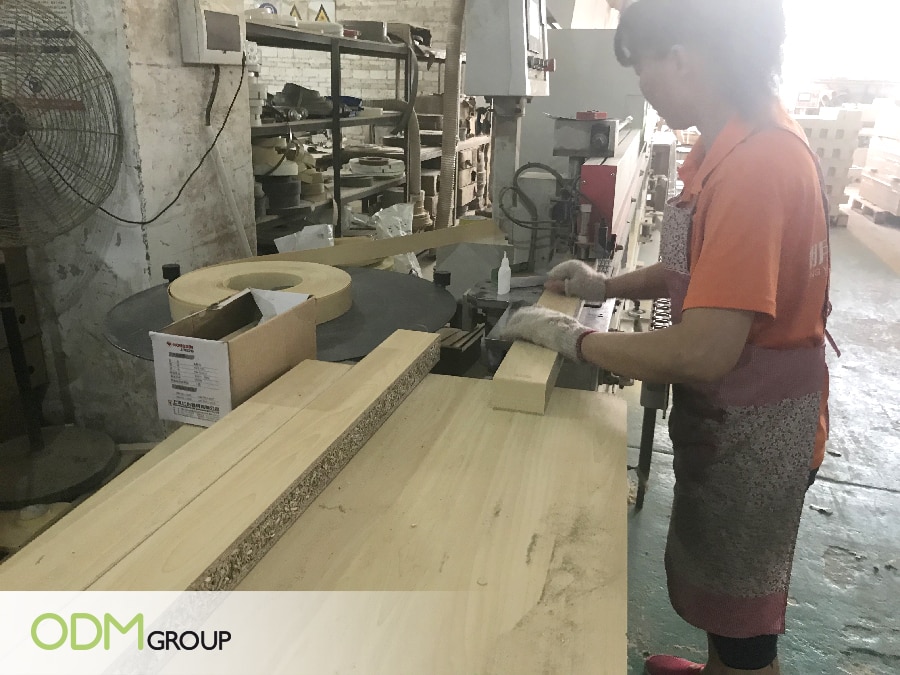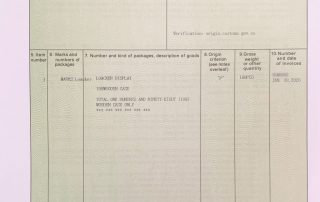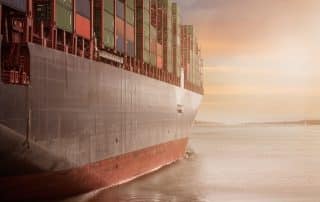Moving goods from one destination to another is a common practice in international shipping. The process involves the coordination of the entire supply chain, including carriers, ports, customs, and other regulations. It’s also a practice that raises many questions, not the least of which is: what is transshipping?
If you are new in the business or are considering importing and don’t fully understand the concept of transshipping, this article is for you.
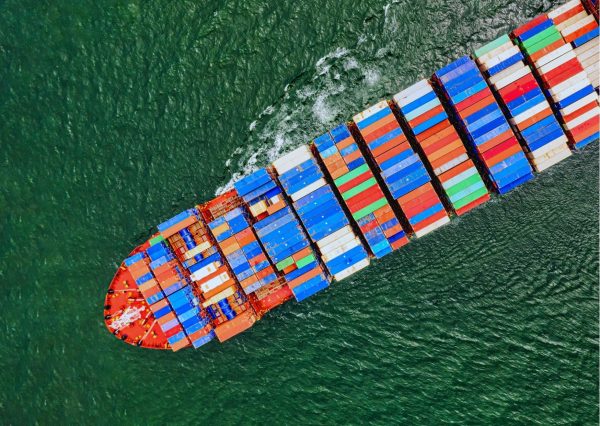
What is Transshipment?
Transshipment is the process of transferring goods from one mode of transport to another. It occurs when the first vessel or vehicle carrying the cargo is either too large to enter a port or transport goods to their final destination, or the goods have been shipped via a route where it needs to be transferred to another mode of transport.
From helping goods reach their destination more quickly to avoiding high tariffs in certain regions, transhipment has become an essential part of global trade.
The transshipment industry provides a key link in international logistics chains, as it allows containers and other goods to move between ships, ports, and countries.
Is It Legal or Illegal?
Transshipment is governed by existing rules and regulations issued by a country and is normally legal. It became a common practice and a key component in the global trade industry, as it allows cargo to reach different parts of the world.
While transhipping is legal in many cases, it can also be illegal depending on the product being shipped and the countries involved. Transshipping goods can result in customs fraud if not done properly.
It is okay to transship to any 3rd country, but you must accurately identify the actual origin of where the goods are manufactured.
For example, the promotional goods made in China are supposed to be shipped to Malaysia. While on the way, it is repacked in a new container and is shipped to Mexico. Telling customs officers that this is made in Malaysia is illegal.
Importing from China? Beware of Transshipment Schemes
China, as the world’s largest manufacturing country, has attracted a lot of foreign buyers to established procurement management and import goods.
On the other hand, transshipment has become a problem when you are importing goods from China. It is a good idea to understand what it is, why it happens and how to avoid it.
Why Does Transshipment Happen?
1. Your supplier does not have an export license for the destination country of your order and wants to avoid custom check of exporting the goods directly from China to your country.
2. Your supplier does not have an export license for any country and wants to avoid custom check of exporting the goods directly from China without any export license at all.
3. You don’t have an import license for the destination country of your order and want to avoid custom check of importing the goods into your country, so they want to ship them under a fake invoice value or description via transshipment route.
How to Identify Transshipment Risk in Your Supply Chain?
The risk arises when shipments are transferred between two or more transport modes before reaching their final destination, or if they’re sent to an intermediate location before they’re shipped to their final destination. This could be at the factory level, in a distribution centre, during trans-ocean shipping, during air transport or while they’re being transported over the road.
Transshipment is common in global supply chains, and it’s a legitimate supply chain practice. But it’s also used as a technique to hide fraud, most often with invoices and cargo.
To mitigate this risk, companies need to understand how transshipment can affect their supply chain and take steps to protect themselves from costly problems resulting from illegal activities and unfair competition.
Here are four ways you can spot transshipment risk in your supply chain:
How To Minimize The Risk Of Transshipment?
While there’s no sure-fire way to completely eliminate the risk of transshipment, there are some measures you can take to minimize this risk:
• Audit your suppliers before doing business with them. It is worth investing in a quality control inspection or factory audit before placing an order, especially with new suppliers.
• Ask for a certificate of origin. This is a document that certifies the origin of the goods. It can be issued by a chamber of commerce or other government issuing body, and it essentially guarantees that the goods were produced in a certain country.
• Communicate your expectations around counterfeit products and transshipment with your supplier. Make sure they understand that you have monitoring systems in place and that such practices won’t be tolerated.
• Ask your supplier to provide images of their production facility. This can help verify that they are indeed producing the goods themselves, rather than simply acting as a middleman.
• Monitor your product shipments closely. Keep an eye on the shipping route, tracking numbers and expected arrival dates. If something seems off, request photos of the goods inside the containers or a video call with the staff loading the goods into the container.
• Conduct product inspections on all incoming shipments. Verifying that every shipment is legitimate can help protect your brand from transshipping counterfeits.
• Examine invoices and other shipping documents carefully. If a shipment includes many different commodities or product types, it could be an indication that this is a transshipped shipment.
Documents are the most important aspect of international trade. There are a number of documents required to import and export goods, which are helpful in facilitating the business process and avoiding any possible fraud.
A certificate of origin is a document used in international trade that attests to the goods’ country of origin.
It can be used to determine whether the goods qualify for certain tariff treatments or other benefits.
A certificate of origin is provided by the exporter and certified by an official authority from the exporting country, such as a chamber of commerce.
The certificate verifies that the goods were produced, manufactured or processed in a particular country.
In some cases, a certificate of origin is necessary for import customs clearance. In other cases, it’s simply required for trade agreements between countries or for companies to prove their goods were made in certain countries.
Free Trade Agreement
A free trade agreement (FTA) is a pact between two or more nations to reduce barriers to imports and exports among them.
The aim of an FTA is to stimulate commerce by removing the tariff, or tax, from goods traded between member countries.
In addition to eliminating tariffs, free trade agreements can encompass a broad range of topics that impact trade, including intellectual property rights, labour and environmental standards, government procurement policies and dispute resolution mechanisms.
It is an important tool for businesses seeking to expand their trade and investment abroad.
Free trade agreements are also known as treaties or charters.
NDA for Product Development
Non-Disclosure Agreement for Product Development A Non-Disclosure Agreement (NDA) for Product Development is a unilateral contract agreement between innovators […]
NNN Agreement: How To Protect Your Intellectual Property in China?
Securing your intellectual property is a great concern nowadays. If you are working with manufacturers in China, you should be […]
GMP 101: The Importance of FDA Testing in Mass Production
There are many different parts of the manufacturing process that go into creating a quality promotional product. One of […]
To ensure that products reach their destination safely, it’s important to label them properly.
The shipping marks on export cartons serve many purposes. They identify the contents of a container, such as the nature of the product, the country of origin and the name of the consignee (the person to whom the cargo is being shipped).
Shipping marks also provide important information about handling instructions, such as whether a container is fragile or heavy.
Our Commitment
Transparency is one of the core values at ODM. As a procurement partner, we have been in the industry for years and have developed an extensive network of trusted suppliers. We’re proud to partner with established China manufacturers who have strict standards for production and shipping management.
We also ensure to perform thorough due diligence on suppliers to ensure that they conform to international standards and regulations.
The ODM Group, together with its POS design agency, Mindsparkz, strives to be the world’s most transparent and trusted partner for product sourcing and management. By working with our team, you can gain a lot of benefits such as:
When you work with a reliable procurement partner, it eliminates all the hassle and stress of dealing with suppliers who aren’t backed by a good reputation. If you are interested in partnering with our team, please do not hesitate to reach out to us today!
Read More:
3 Reasons Why ODM is Your Preferred China Buying Agent!
Although China has the reputation of producing
WAREHOUSING IN CHINA: The Perfect Solution?
Improve business efficiency today with less time and money wasted. All done with warehousing in China! A ton of elements […]
How Long Does it Take to Manufacture Products in China?
Many companies prefer to manufacture products in China for many reasons. Due to the low manufacturing and production costs, companies […]
Making Products In China: How Have Factory Conditions Improved?
The conditions for factory workers has long been a concern for people looking to produce their promotional products. Previously the […]
4 Reasons Why You Should Source Your Promotional Gift From China
Being the world’s most populous country has its own benefit. China is home to one of the most skilled and […]
